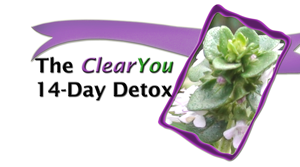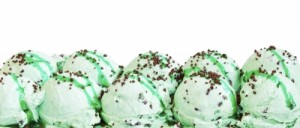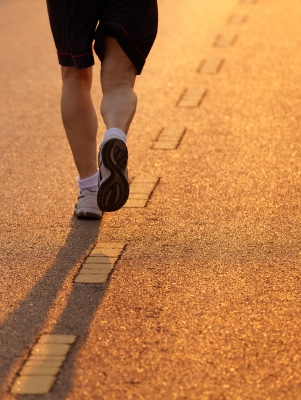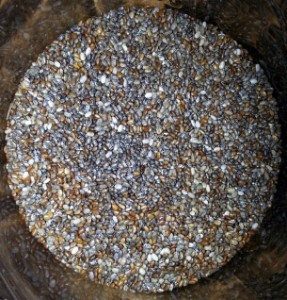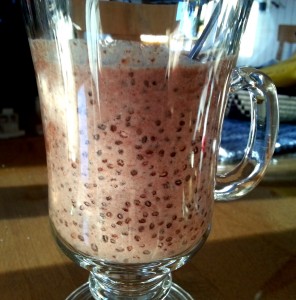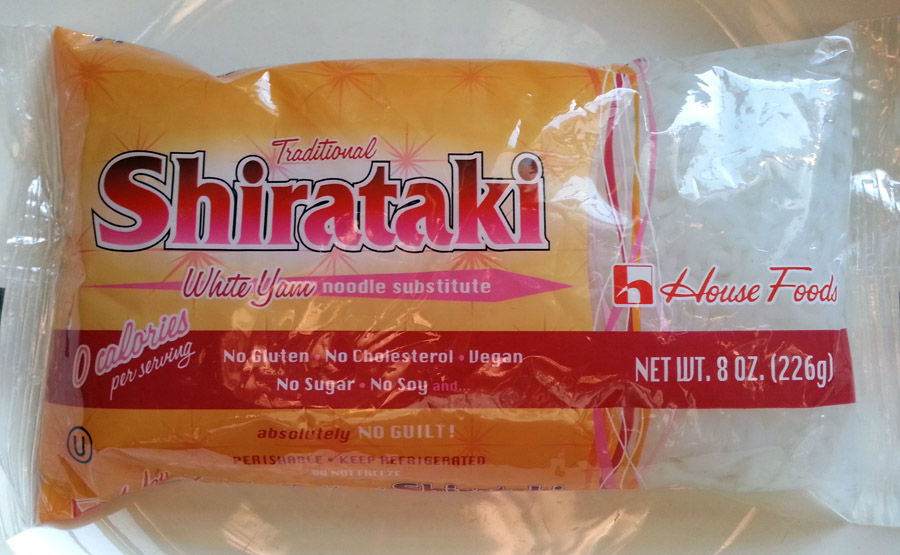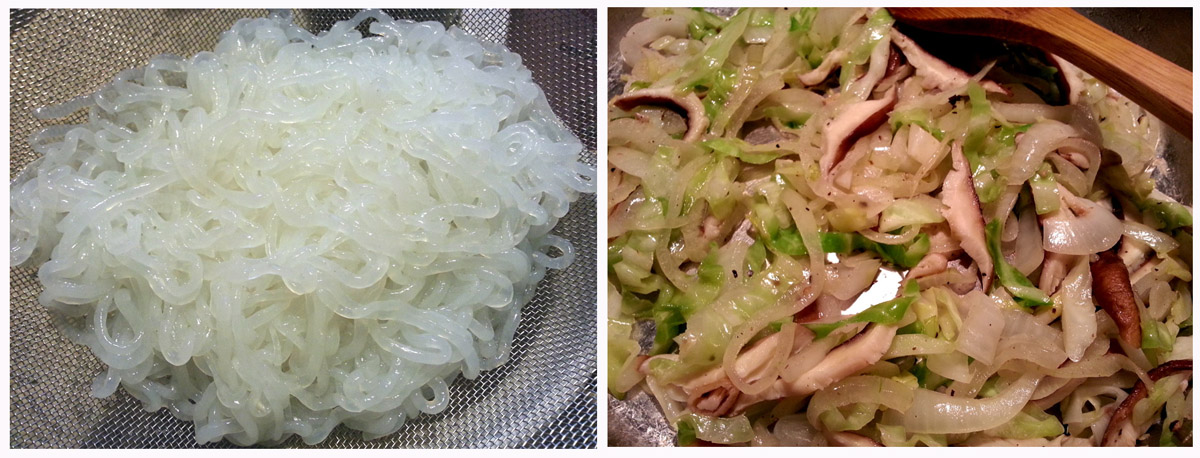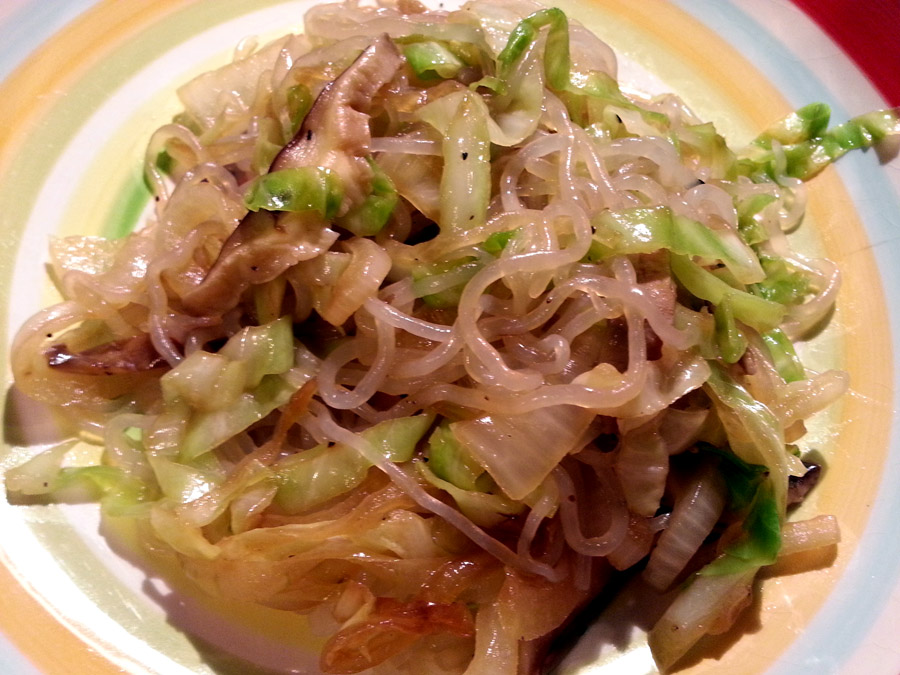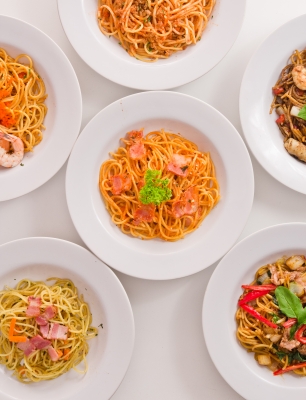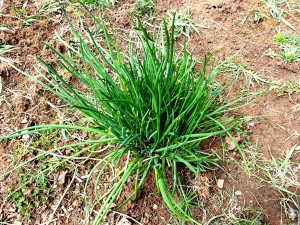 Spring is finally here! One of the signs for me was a large tuft of chives that poked its head out of the ground a few weeks ago and that I’ve been picking from ever since.
Spring is finally here! One of the signs for me was a large tuft of chives that poked its head out of the ground a few weeks ago and that I’ve been picking from ever since.
This is a natural time of the year to cleanse. In fact, our bodies instinctively want to do this after a long, cold winter of eating heavy foods and reduced movement. And like magic, nature provides some of the best foods around this time of year for us, like dandelion, which is a potent cleanser.
The other day I was telling a client of mine that I was gearing up to do a detox and she asked why I detox? Well, as much as I’d like to think my diet is ‘perfect’, it’s not. I had never taken part in a cleanse of any sort until a few years ago, and I liked the results so much that I decided that they would become part of my spring and fall.
You’re probably aware that your body is designed to continuously detox through your breath, your skin via your sweat, and your digestive system; however, today, we’re continuously bombarded by chemicals like:
- chlorine and fluoride in our water,
- fumes from car exhaust and power plants that often contain heavy metals,
- xenoestrogens from plastics, cans, cash register receipts and our personal care products,
- pesticides, herbicides, synthetic fertilizers, antibiotics and hormones from our food
And much, much more and we don’t even know the full impact that exposure to one or more of these can have on us over time. There is, however, a growing body of evidence that many of these so-called persistent organic pollutants, or POPs are playing a role in the chronic diseases on the rise today, such as obesity, early onset diabetes, cancer, etc.
And if you’re interested in exactly what’s showing up in people’s bodies, the CDC puts out a report on human exposure to environmental chemicals and the EPA’s site allows you to search by state or zip code to see which chemicals have been released into the environment and by whom.
What’s becoming increasingly apparent is that some of us are better at eliminating toxicity from the body than others. And, if you diet is particularly burdensome on your body, it becomes much more difficult to keep up with the detox process. Even with a healthy diet, we sometimes just need a nudge. I remember a couple of years ago, I had a pesky rash on my left elbow for weeks that would not go away. About seven days into my detox though, it had disappeared without a trace. That surprised even me and my results have always been positive.
So, to give my body a rest and to clear some space to allow it to get rid of any gunk that may have built up over the long winter, and to transition into a lighter eating pattern for the spring and summer, I do a cleanse.
How might you know that a detox/cleanse is a good idea for you? Your body will leave clues. There’s a long list of signs that I will often go over with my clients and here are some of the most common that can be alleviated:
- digestive issues like diarrhea or constipation
- itchy or ringing ears
- mood swings
- fatigue or sluggishness
- itchy or watery eyes or dark circles
- headaches or insomnia
- stuffy nose or chest congestion
- poor memory or concentration
- chronic coughing or canker sores
- skin breakouts
- joint aches or stiffness
- water retention
- weight gain or loss or trouble losing or gaining weight
- bingeing or cravings
I have several clients gearing up for detoxes and I’m about to begin my 14-day program. This program includes a medical food and a supplement that both provide additional liver support so that when toxicity is released, the liver has enough resources to safely neutralize and ship it out for elimination. The last thing you want is for your body to dislodge the toxins hiding out in your fat cells, only to circulate them around and do damage in your body, and then store them somewhere else. I also offer a 21-day ‘food only’ detox designed to be gentler than the 14-day program.
If you’re ready to feel lighter, brighter, and more energetic, check it out my programs here. You can also read about what some of my clients have to say about their detox experiences. And if you order a program by April 15th, you’ll get a reduced rate of $100 off!. So if you’ve been thinking about it, now’s the time. You can order the program now and begin when you’re ready. Simply contact me here and we’ll get you set up!

